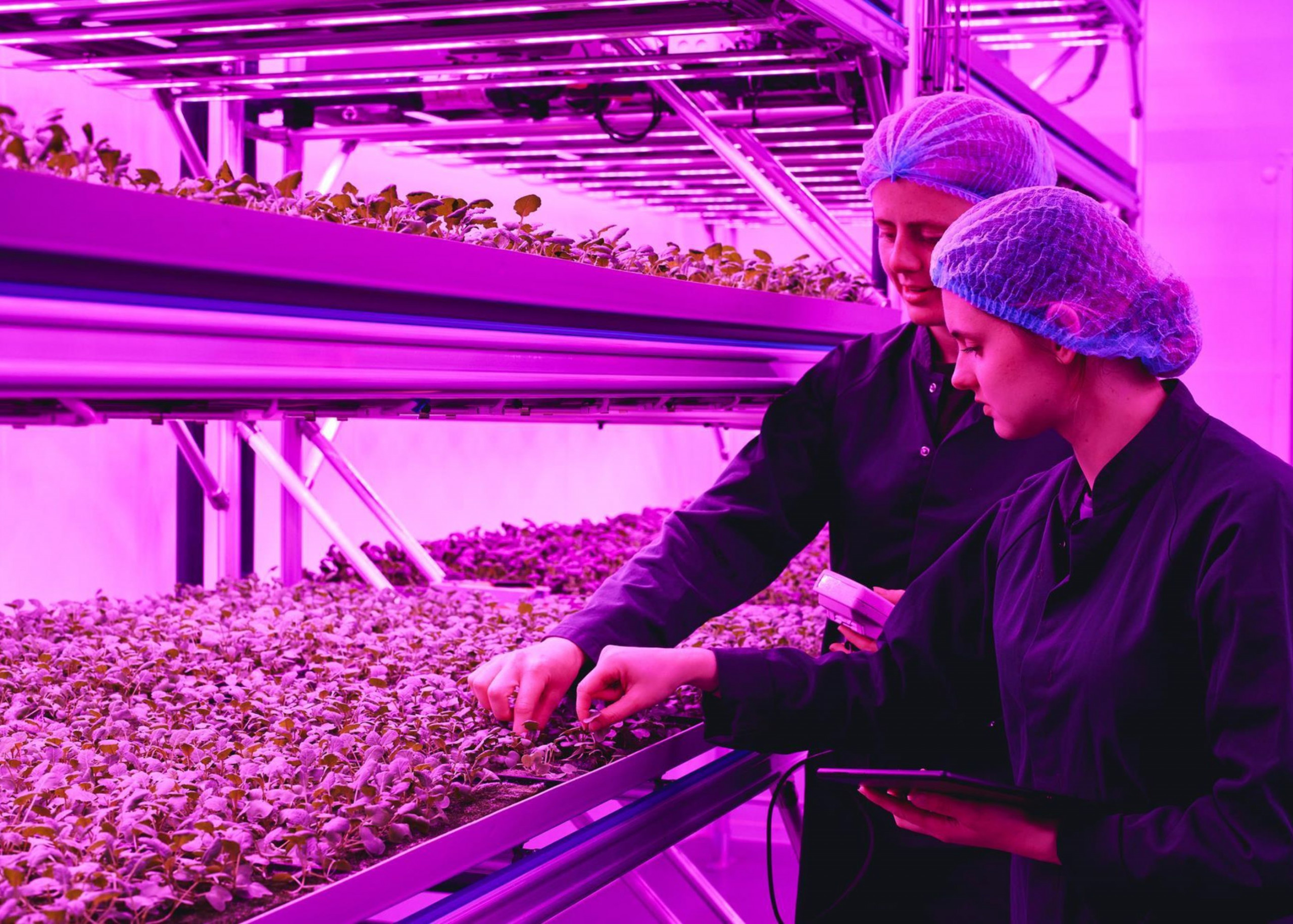News in brief:
– The African Development Bank President announced plans to make West Africa self-sufficient in rice through a $650 million program.
– It is also expanding its operations in energy and finance across the continent to empower more people.
While addressing heads of state at a coordination meeting in Ghana, the president of the African Development Bank Group, Dr. Akinwumi Adesina, proclaimed that West Africa will achieve self-sufficiency in rice.
Given the region’s dependence on the food for nutrition, being self-sufficient can reduce import bills and improve the livelihood of farmers. One report claims that the annual growth rate of rice demand is 6% and local production only manages to satisfy 60% of this demand.
Adesina mentioned that it is launching a $650 million rice development program in the region. It expects that about one million farmers in 15 countries will take part in the initiative with a targeted output of 53 million tons of rice. Also, it will be partnering with the Africa Rice Center to achieve this goal.
However, he said that the most critical thing for this plan to work is the political will to put necessary policies in place.
Adesina is not just daydreaming as he gave the audience an example of how the bank empowered Ethiopia to be not just self-sufficient in wheat but become a net exporter of the product.
The development institution’s Technologies for African Agricultural Transformation (TAAT) program has been lauded for its impact on overall agriculture on the continent. It will be the vehicle that drives the rice production transformation in West Africa after its performance in Sudan and Ethiopia’s wheat production sector.
During his speech, Dr. Adesina also highlighted the fact that the AfDB had increased its general capital from $201 billion to $318 billion, which will further enable it to meet Africa’s increasing development demands.
He mentioned the new financial model the bank achieved to allow the International Monetary Fund’s (IMF) Special Drawing Rights flow through multilateral development banks. This model allowed it to create a new asset class for investors globally with a landmark $750 million hybrid capital.
Beyond food production, the AfDB has its sights set on connecting 300 million Africans to electricity by 2030 thanks to a partnership with the World Bank. It is also carrying out a $20 billion solar power project that will generate 10,000 megawatts for 250 million people in the Sahel zone.



